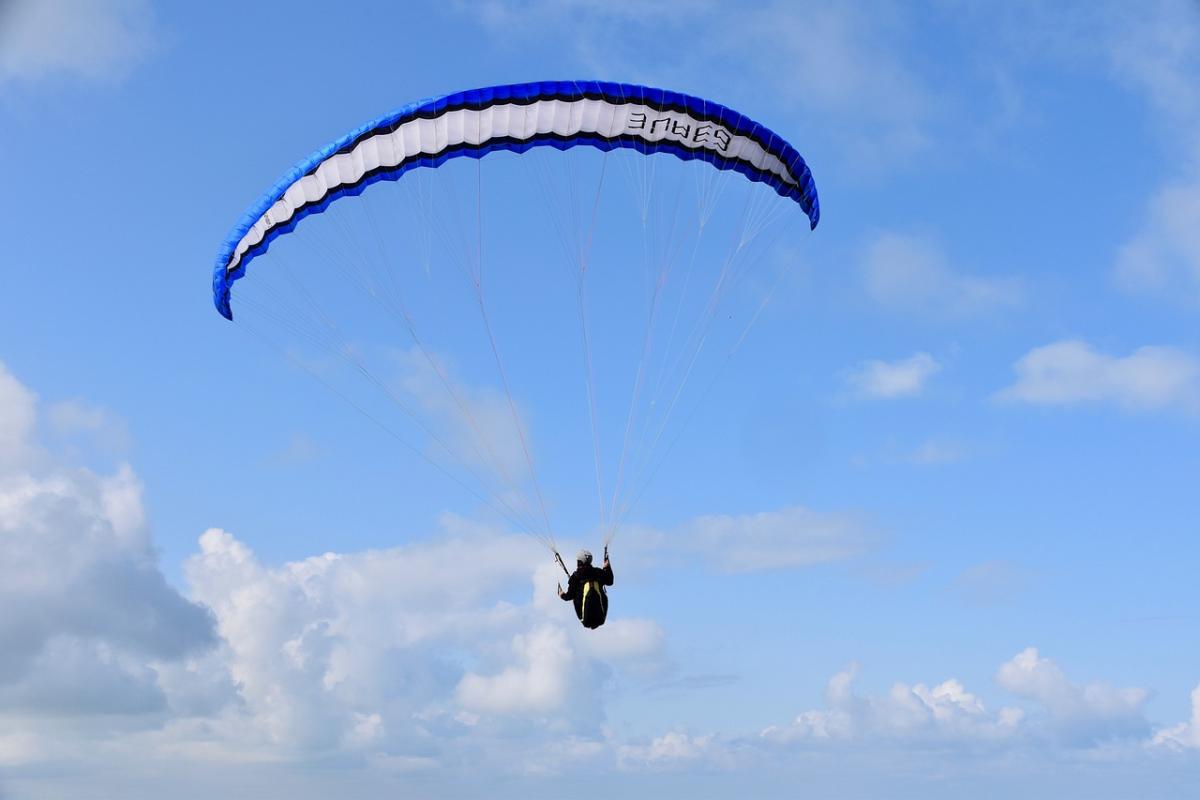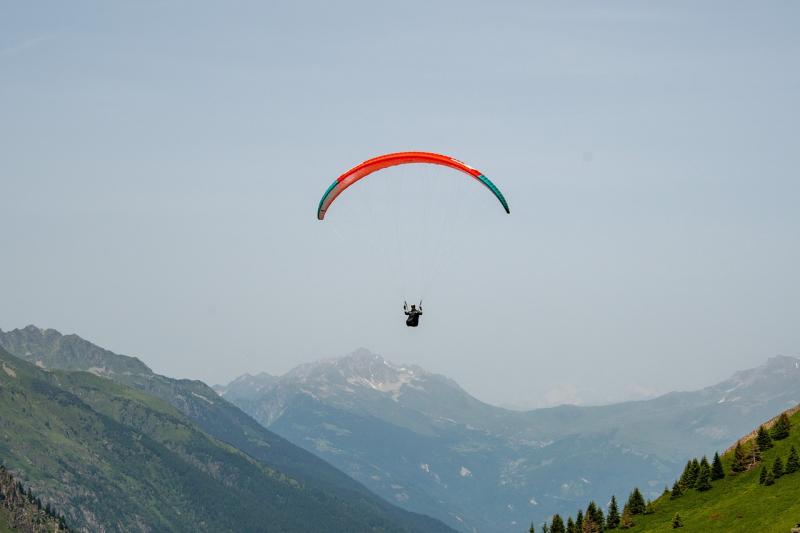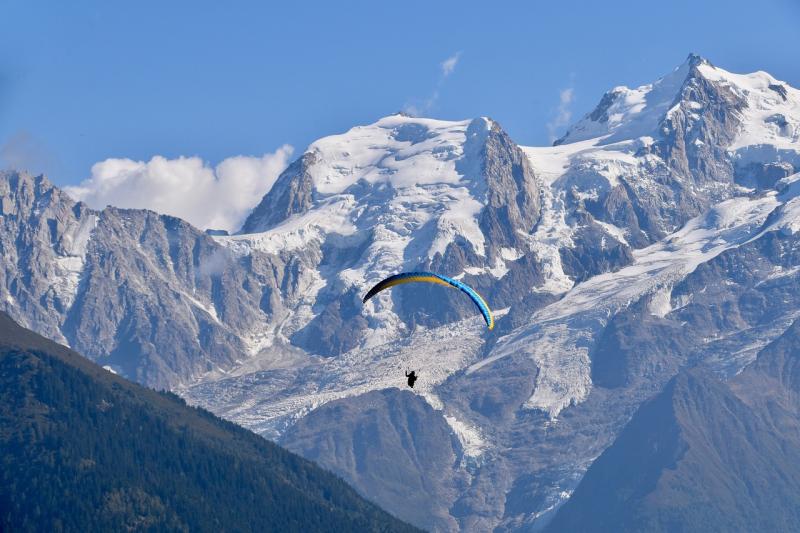When it comes to mastering paragliding, one of the most important factors to consider is finding the perfect launch site. The launch site is where you will take off and begin your soaring adventure, so it is crucial to choose a spot that meets certain criteria.
First and foremost, you will want to find a launch site that offers a clear and open area with no obstacles such as trees or power lines. This will ensure that you have a smooth takeoff and can safely soar through the air without any obstructions in your way. Additionally, a launch site with a gentle slope can help give you the initial lift you need to take off smoothly.
Another important consideration when choosing a launch site is the wind conditions. Paragliding is heavily dependent on wind direction and speed, so it is crucial to select a launch site that offers favorable wind conditions. Look for a launch site that is facing into the wind, as this will provide you with the necessary lift to take off and stay airborne.
Finally, you will also want to consider the terrain surrounding the launch site. Ideally, you will want to choose a launch site that offers plenty of landing options in case you need to make an unexpected landing. Avoid launch sites that are surrounded by busy roads or other hazards, and instead opt for a location with open fields or flat terrain where you can safely touch down if needed.
Overall, finding the perfect launch site is essential for mastering paragliding and ensuring a successful and enjoyable flight. By considering factors such as obstacles, wind conditions, and terrain, you can set yourself up for soaring success and have a safe and memorable paragliding experience.
Mastering Wind Patterns
One of the most important skills to master in paragliding is understanding wind patterns. Wind plays a crucial role in determining whether a flight will be smooth and successful or turbulent and risky. By learning how to read wind patterns, paragliders can navigate the skies with confidence and skill.
When it comes to mastering wind patterns, one key tip is to study weather forecasts before taking off. Understanding the wind direction, speed, and gusts can help paragliders make informed decisions about where and when to fly. It's important to remember that winds can change quickly, so staying up-to-date on weather conditions is vital for a safe and enjoyable flight.
Another valuable tip for mastering wind patterns is to pay attention to the landscape below. Features such as mountains, valleys, and bodies of water can influence wind behavior, creating thermals, ridge lifts, and lee-side turbulence. By observing how wind interacts with the terrain, paragliders can anticipate updrafts and downdrafts, giving them an edge in staying aloft and avoiding hazards.
In addition to studying weather forecasts and landscape features, practicing flying in different wind conditions is essential for mastering wind patterns. By gaining experience in a range of wind speeds and directions, paragliders can develop the skills needed to handle various flying conditions with confidence and precision. With time and dedication, paragliders can become adept at reading wind patterns, making them more adaptable and skilled pilots.
Achieving Optimal Flight Control
When it comes to mastering paragliding, one of the key factors for soaring success is achieving optimal flight control. This means having the ability to maneuver your paraglider with precision and confidence, allowing you to navigate the skies with ease. To achieve optimal flight control, it's important to focus on several key areas.
First and foremost, mastering weight shift is essential for controlling your paraglider. By shifting your weight in the harness, you can turn left or right, control your pitch, and navigate through different wind conditions. Practice weight shifting regularly to improve your control and feel more comfortable in the air.
Another important aspect of achieving optimal flight control is mastering the use of brakes. The brakes are your primary control for adjusting your speed and altitude. By mastering the delicate balance of brake control, you can fine-tune your flight path and make smooth, precise adjustments while in the air.
In addition to weight shift and brake control, it's also crucial to maintain a positive and proactive mindset while flying. Stay focused on your flight path, anticipate changes in wind conditions, and be prepared to make quick adjustments as needed. With practice and perseverance, you can achieve optimal flight control and unlock the full potential of your paragliding adventure.
Safety Precautions for Paragliding Success
Paragliding is an exhilarating sport that allows you to soar through the skies and experience the world from a whole new perspective. However, it is important to remember that paragliding can be dangerous if proper safety precautions are not taken. Here are some key safety tips to keep in mind for a successful paragliding experience:
1. Weather Conditions: Always check the weather forecast before heading out for a paragliding session. Avoid flying in windy or turbulent conditions, as this can increase the risk of accidents. It is best to fly in calm, stable weather conditions to ensure a smooth and safe flight.
2. Proper Training: It is essential to undergo proper training from a certified instructor before attempting to fly solo. Learn the basics of paragliding techniques, safety procedures, and emergency protocols to ensure that you are well-prepared for any situation that may arise during your flight.
3. Equipment Maintenance: Regularly inspect and maintain your paragliding equipment to ensure that it is in good working condition. Check your harness, lines, and parachute regularly for any signs of wear or damage. It is crucial to have reliable equipment to prevent any accidents while flying.



